Choose a reusable alternative method instead of using plastic tools.
In a search for a lifestyle that produces no waste, a disposable plastic knife and fork is another thing that should be firmly rejected. If you want to live a more comfortable life with a moral responsibility, get rid of all your single-use plastic materials.
It is essential that we end our dependence on non-biodegradable materials coming from fossil fuels and move to a society that produces less carbon. Overcoming self-plastic dependence is one of the most important steps in this process.
The knife and fork made of plastic that is just good for one application may sometimes seem a good idea. However, this does not absolve us from responsibility in remembering the damage that may be caused to us. We’re lucky that there are different options for consideration. In this article, we will address issues related to the use of a plastic knife, which is used only for one purpose.
We’re going to look back and see why and how people used plastic knives and forks first. Then we will think about the different options that are still there. I’m sure you’ve reached the end of the line, but also stay with me that in modern society, plastic one-time restaurant has no place in consumption.
Polypropylene and polystyrene are the two main components used in manufacturing most disposable plastic spoons and forks, which are sold in fast food stores and restaurants. These two kinds of plastics are difficult, which is unfortunate.

To get started, whenever you buy a product of plastic, remember that its components include limited fossil fuels that help with pollution.
However, the creation and distribution of these products makes it possible for manufacturers to burn even more fossil fuels. Plastic production also uses fresh water. Using plastic products with the intention of removing them after buying or using them is a very inefficient practice that adds to the problem of climate change and other forms of pollution.
Making only one pound plastic knife can take up to 78 liters of water, resulting in a 2.5 pound carbon dioxide supply. This shows that the use of knife made of Trove plastic can have a significant impact on our planet, potentially leading to the shortage of fresh water as well as our ongoing crisis with the weather.
Both types of plastics used in the production of disposable cutlery are notorious for their hardeness and cost of recycling. They’re too small, fish and contaminated to process enough when they’re into the trash stream. In many cases, the color of the novel causes a problem with the recovery process.
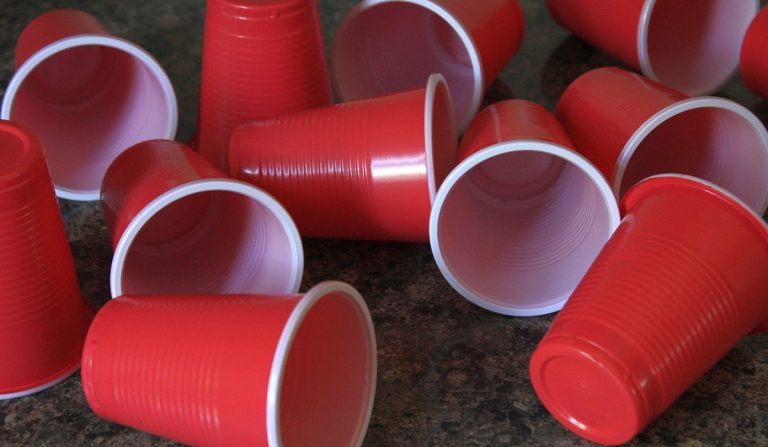
Most disposable plastic spoons, which we put out, incinerate in landfills or contaminate the surroundings. Optical degradation of these plastics may take up to 400 years or more. Even those that are cremated can release considerable amounts of carbon dioxide and other harmful chemicals into the atmosphere.
Plastic has found its way into any ecosystem in our world and has caused damage to this process. This includes the oceans, which by 2050 have contained more plastic than fish with the human body. The habit of using single-use plastics results in more and more harm to wildlife every year.
Because most of us live in polluted environments, most of us unwittingly consume little amounts of plastic a day. Plastic contaminates at each stage of the food chain. If you destroy the plastic now, you might eat it soon.
When used with plastic knives (especially with hot foods), and also when environmental plastic pollution occurs, it can often represent a risk to human health. This is true in both cases. Multiple risks are associated with the use of plastics. They can contain materials that cause cancer, and they can also change our endocrine systems.
If not all of that was sufficient, it should be remembered that the use of silver containers made of single-use plastic materials may affect the way food you consume. Some foods may taste better if they are not consumed with containers made of disposable plastic.
Before introducing plastic cutlery for convenience, the only options we had were silver containers made of metal or wood. For most of human history, metal containers were standard. Forgetting the fact that we’re only doing the things that we’re doing right now is in proportion to the brief time, because the modern ways of doing things in our culture are so old.
Up until contemporary history, at a time when the plastic industry began to flourish following World War II, plastic containers were not widely used. In the 1960s, plastic played the role of previous used materials in the kitchen, such as wood, metal, and glass.
Consumers who were accustomed to many amenities such as washing machines, dishwashers, began searching for more ways to save time. And we can have more free time for a stroll. Development of cutlery made from disposable plastic began.
Consumers worshipped the plastic benefits that they brought to their homes, and of course, when they were out and when they were in public, they were widely used. Plastic, which is both cheap and easily available, is fast-growing in everyday life. Plastic containers become a part of modern life due to the emergence of supermarkets and subsequent growth in the market carried out by these institutions, the spread of restaurants and the normalization of air travel.
The use of silver containers made from disposable plastic has recently been expanded. And we can’t expect it to be very long. There has been a dramatic increase in the level of interest in minimizing the use of plastic and addressing the problem of plastic waste.
Alternatives that are more sustainable, ethical, and environmental are becoming popular among the growing number of people. And in many parts of the country, customers don’t have access to this choice of products. As part of the European Plastics Strategy, the European Union plans to ban the sale of such plastic products by 2021.
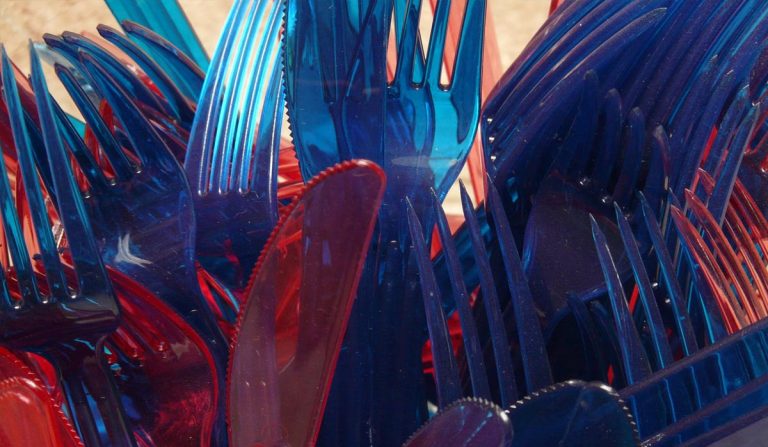
Plastic utensils
The term plastic “knife” refers to any tool such as a fork, spoon, spoonful or knife, mostly made of plastic containers and only used individually. The plastic used in the knife can be obtained from petroleum or from a biologically based polymer such as corn or other plant sources. The online food service business is expected to grow by up to thirty percent in the next few years, which offers an attractive opportunity for the sale of usable spoons and forks.
Thermoforming is the manufacturing process that has the most use during the production of disposable goods.
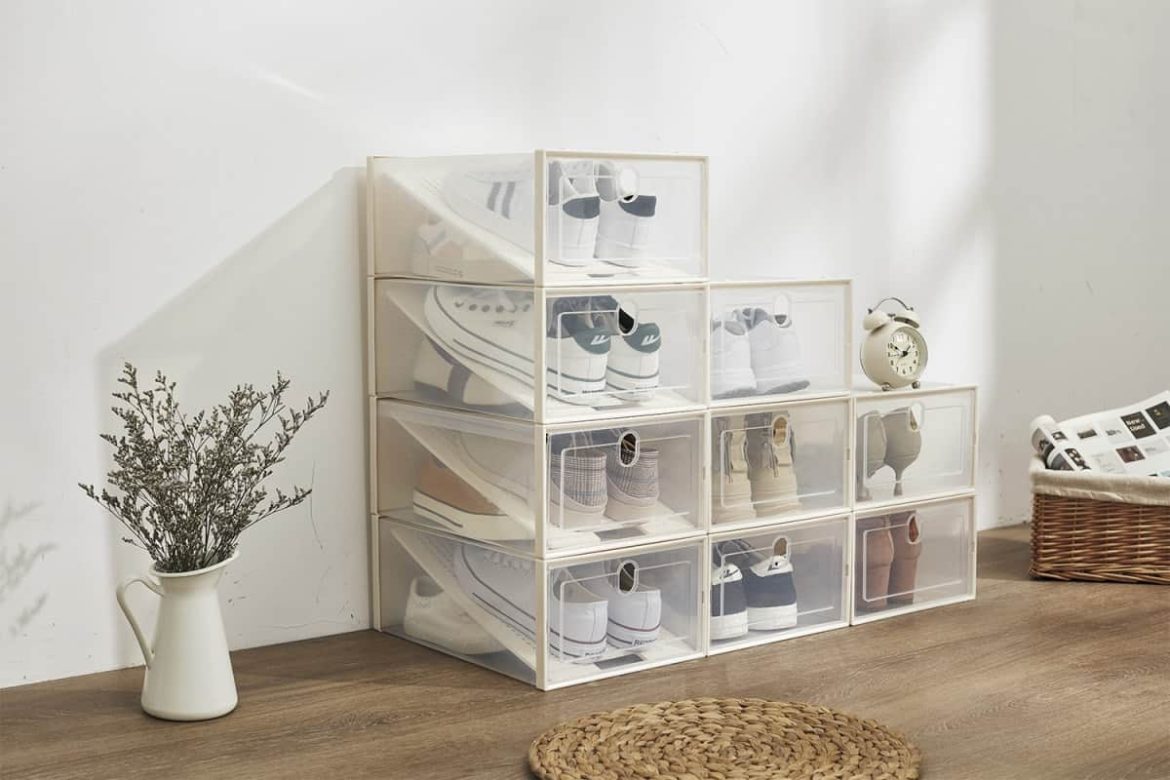
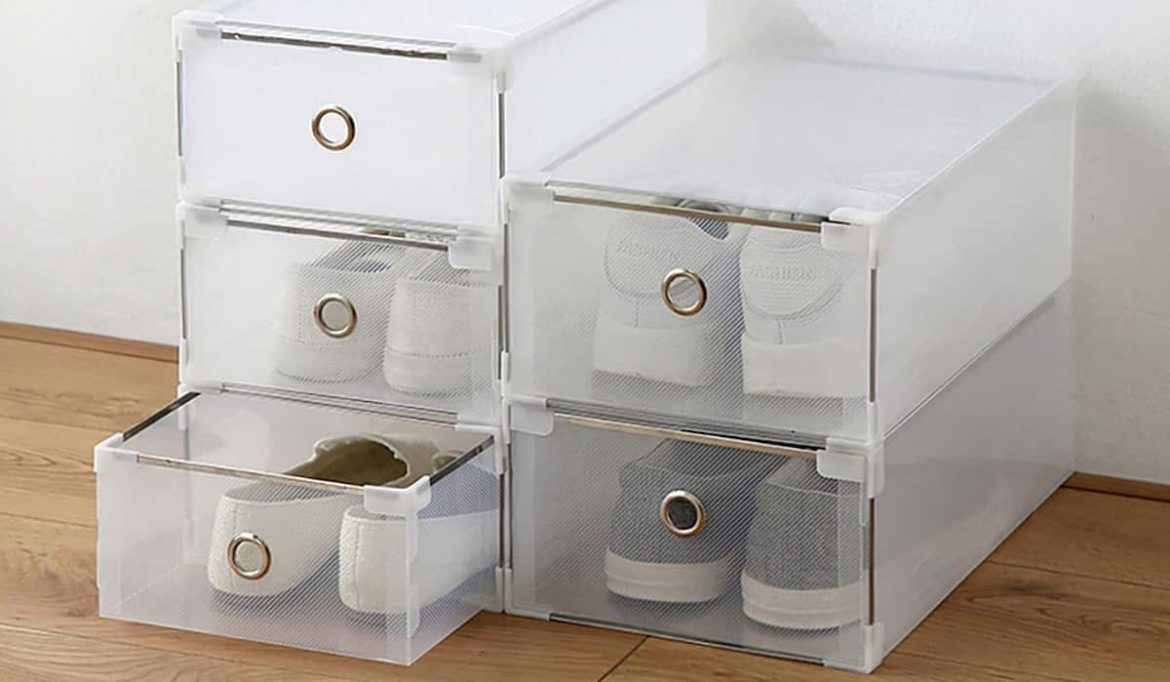
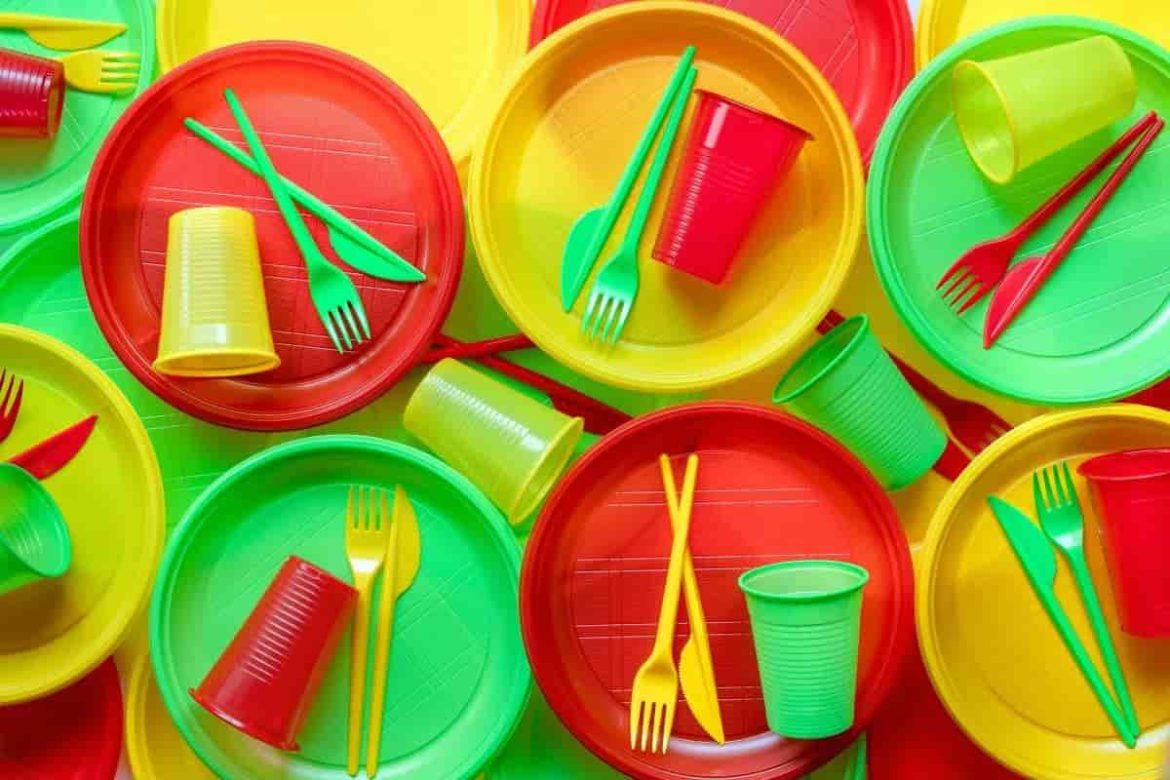
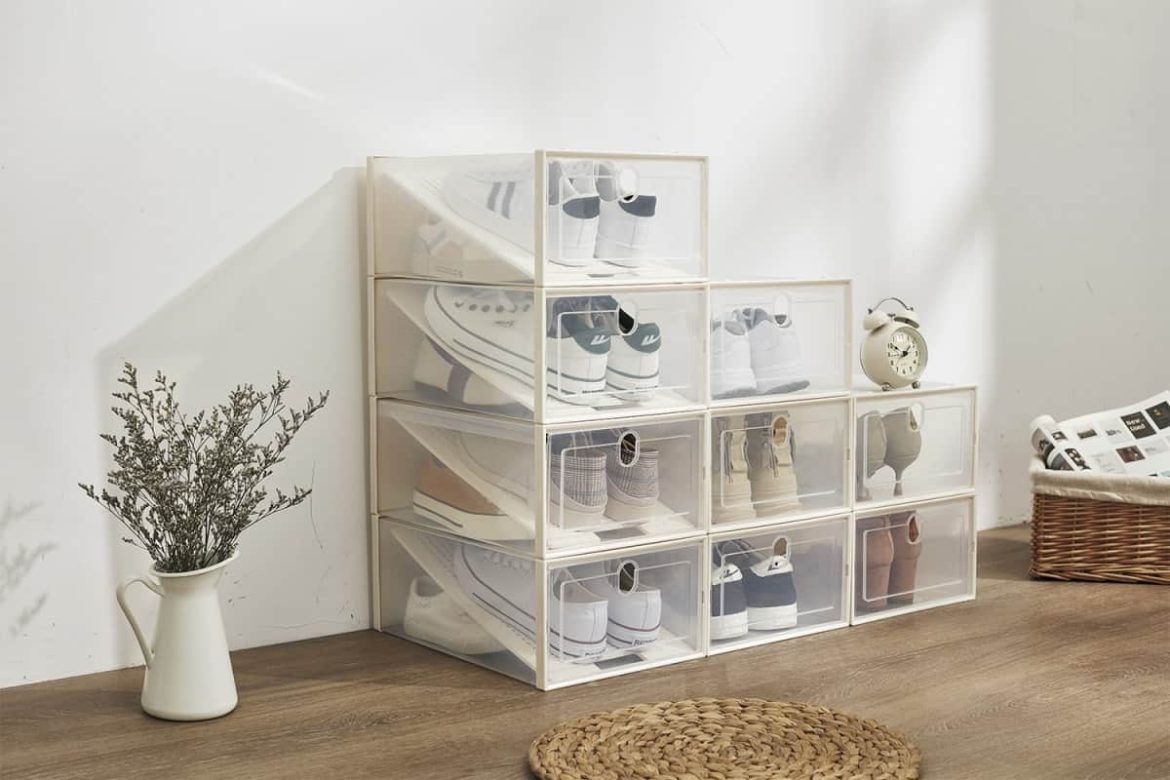
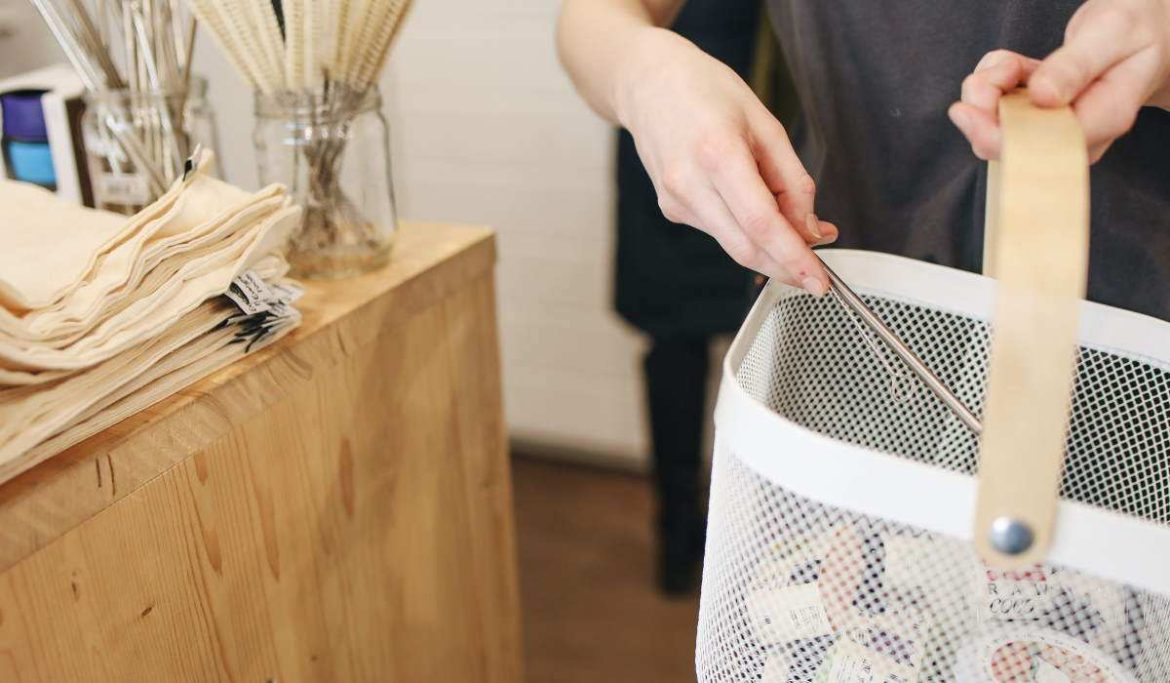
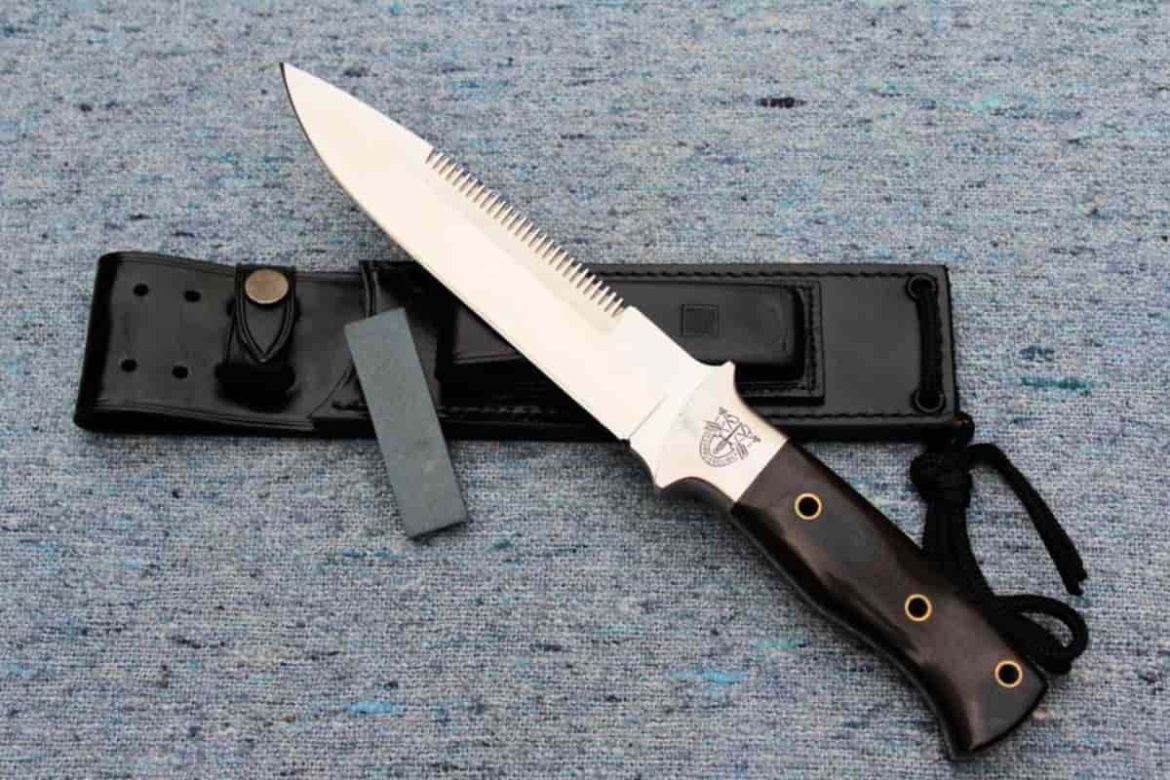
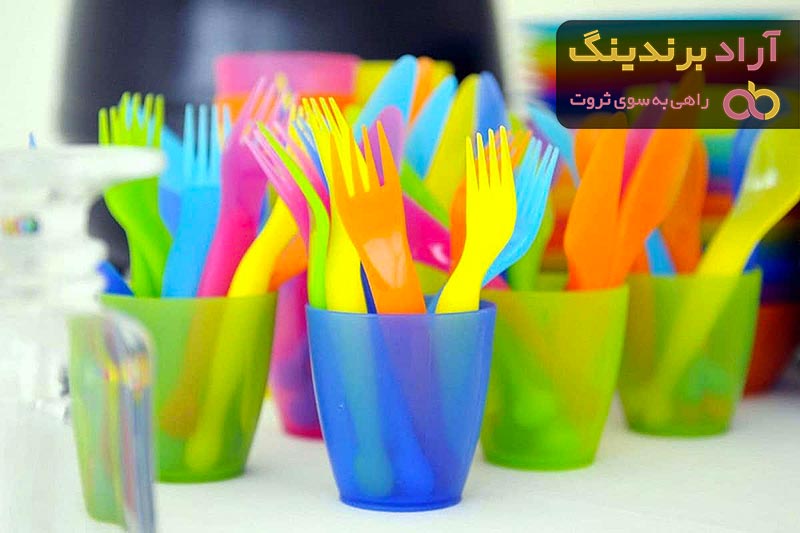
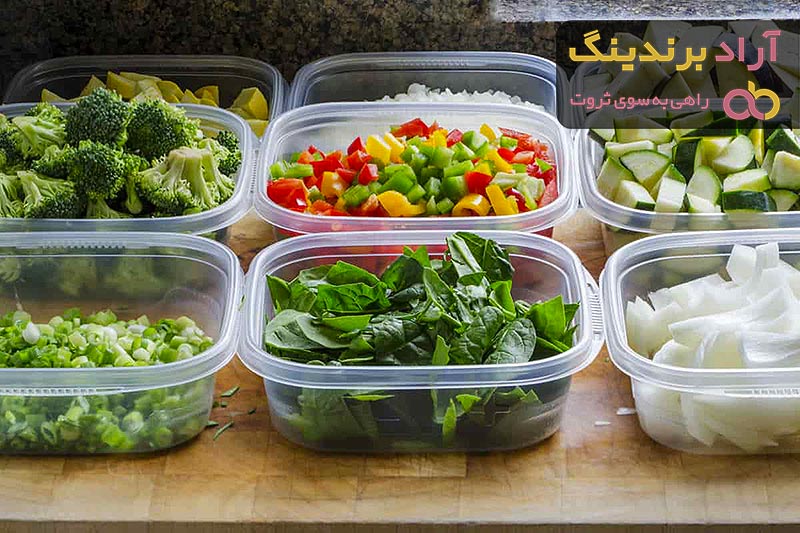


Your comment submitted.